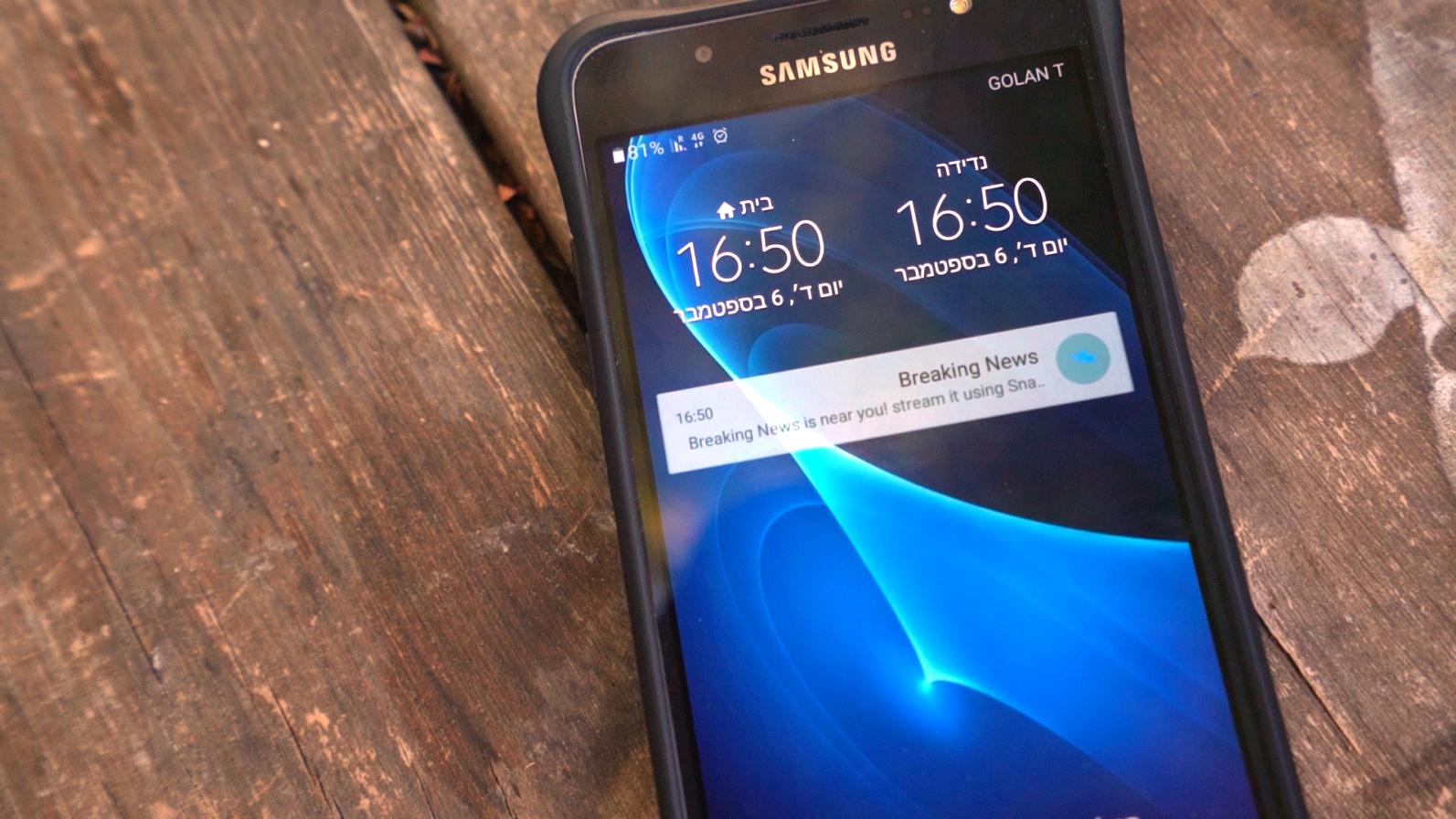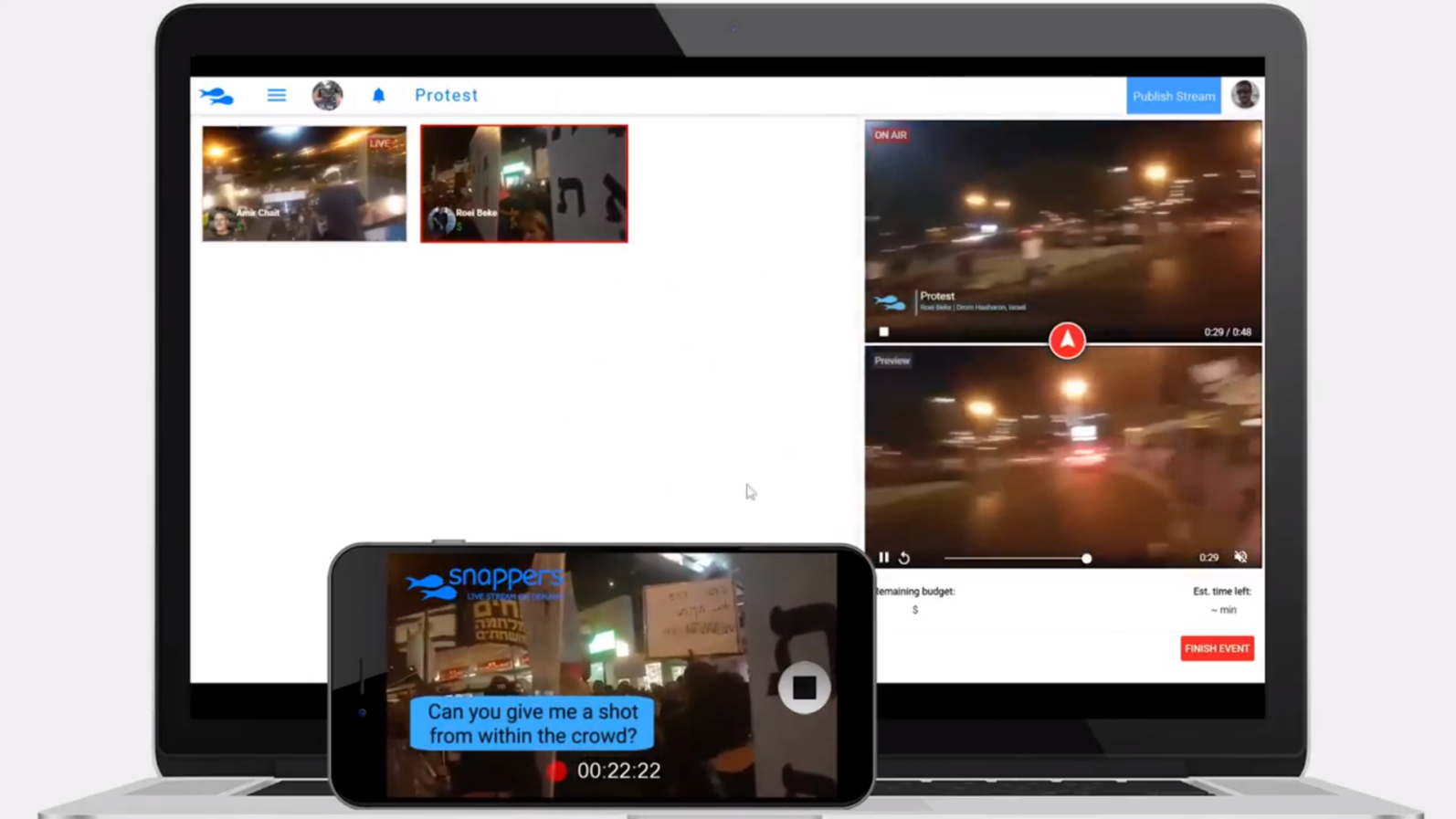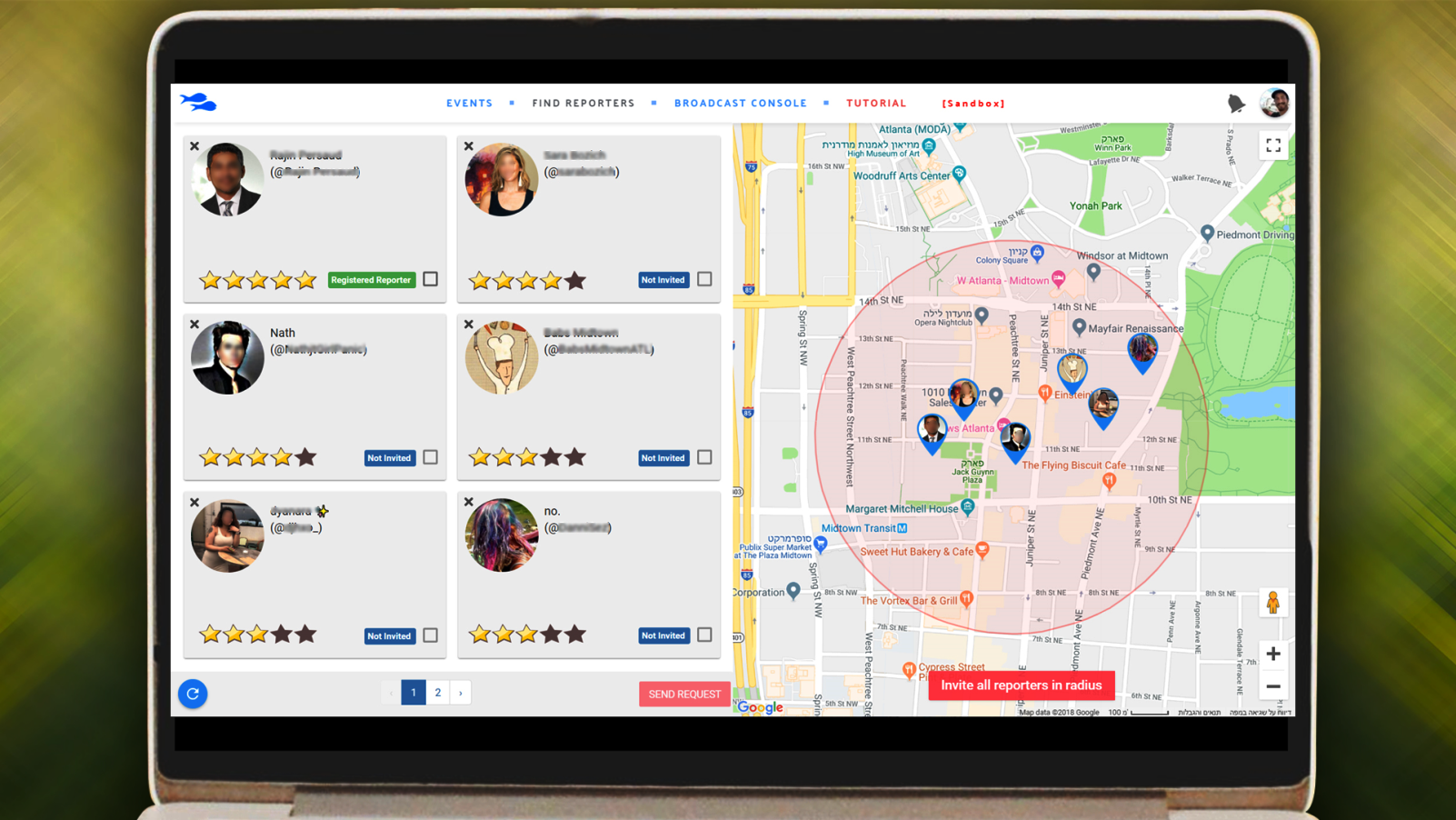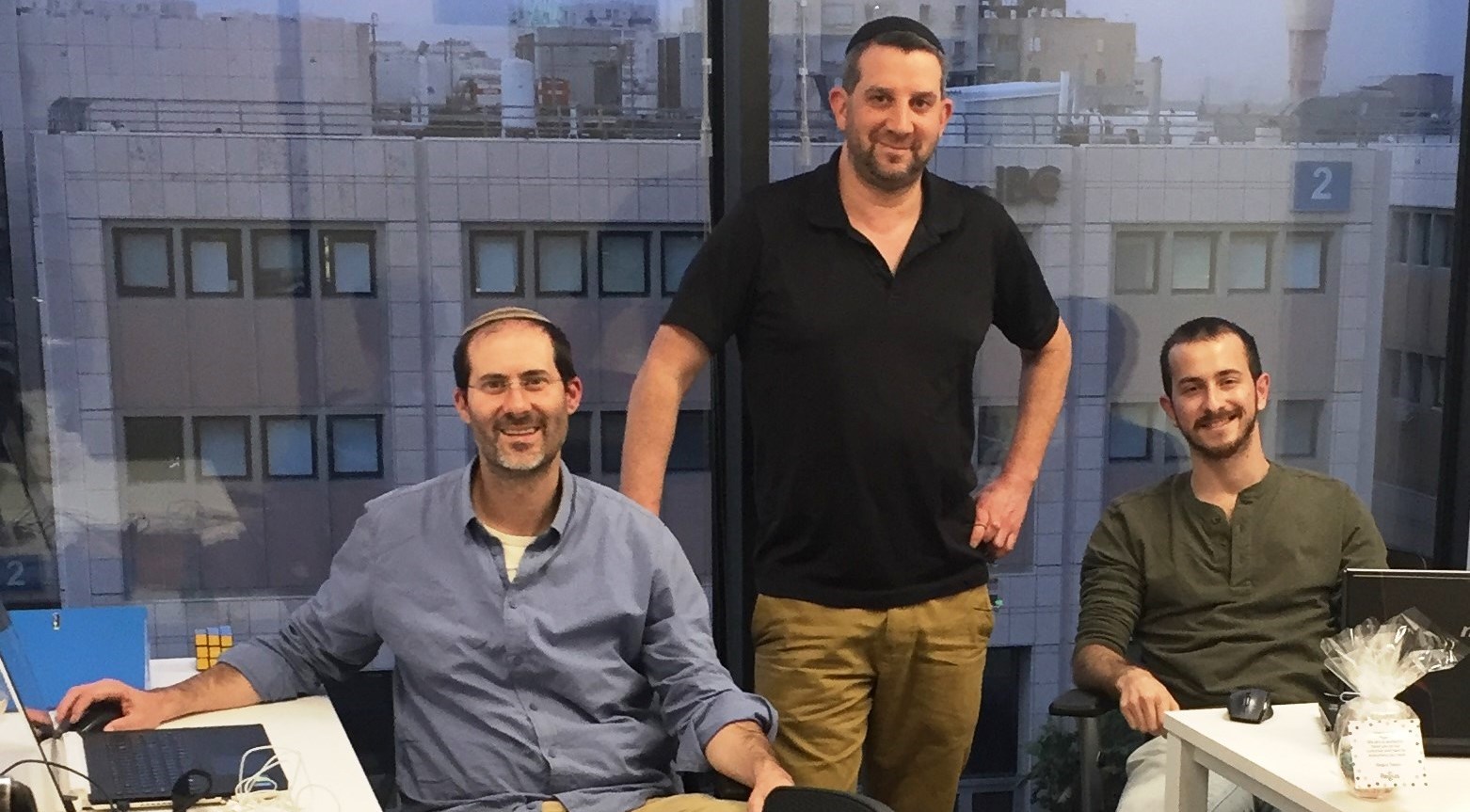CNN spends more than $700 million a year on newsgathering, with some 40 local bureaus around the world. And yet, when news breaks, it’s not a given that the local reporting team will be in the right place at the right time.
CNN has turned to Snappers, an Israeli startup, to solve this multimillion-dollar dilemma.
Founded in 2016, Or Yehuda-based Snappers built an app that allows anyone with a smartphone to become an instant video stringer. It’s a boon for major media networks as well as for bloggers.
Let’s say you’re in Indonesia when an earthquake hits. A Snappers customer like CNN can see your location and ask you to start shooting video. You pull out your phone, fire up the Snappers app and start streaming. The customer can then use your video – either live or a prerecorded version uploaded afterward.
The customer can arrange payment, although in many cases a video “byline” may be enough.

Snappers’ customers get a complete editing suite that can switch between livestreaming feeds in real time. There’s a reporter rating system and a built-in delay system so a broadcast can be halted if inappropriate content slips in.
Snappers was originally intended to help small publications and bloggers (150 million and counting) to cover events far from their home base.
Then Snappers was accepted into The Bridge, an eight-month accelerator in Tel Aviv cosponsored by Coca-Cola, Mercedes and CNN parent company Turner Broadcasting.
A subsequent pilot with CNN convinced Snappers CEO Dov Zales and CMO Hezy Laing that the real opportunity was bigger than the bloggers.
CNN has been trying out Snappers over the past year with its in-house reporters and plans to “gradually offer Snappers to general users in the next few months,” Zales tells ISRAEL21c.
The rollout will integrate Snappers “into some of their local apps first and, if everything goes well, integrate it into their main app.”
Anyone using Snappers agrees in advance to assign the rights to what they’re shooting to the organization or person they’re sending it to.
The app also allows its customers to communicate with their newly enlisted video reporters via chat, Zales tells ISRAEL21c. “You can tell them what to film, where to go, what to ask if they’re interviewing someone.”

Soccer stringers
Israel’s Sport5 cable channel used Snappers to cover the recent World Cup. Sport5 searched social media for Hebrew-speakers at the event, and offered a modest $40 fee to those willing to record the matches. There were plenty of takers.
Copa90 in the UK is another sports-oriented media group that has tested Snappers. Turner-owned Bleacher Report is planning to run a pilot soon, Zales says.
Mercedes – also part of The Bridge accelerator – enlisted its own employees attending an internal Mercedes event. Forty people agreed to become impromptu reporters. Mercedes edited together all the clips into a video. It’s received thousands of views on LinkedIn, Zales says.
For corporate clients like CNN and Mercedes, Snappers offers an SDK – a small bit of programming code that allows Snappers functionality to be integrated into the client’s existing consumer app.

“Fifty million people have downloaded the CNN app,” explains Pete Scott, who as VP of emerging media and innovation at Turner is his company’s representative to The Bridge. “If we had a way to talk to our users directly at a location and ask them to start shooting video for us, that would be really powerful.”
Powerful enough to propel Snappers into the black? The company of six is still operating on a shoestring budget of just $500,000, so every shekel helps. The founders hope to raise another $1.5 million in early 2019, and met recently with investors from China.
Corporate customers will pay a subscription fee; Snappers is free for video reporters. If a customer pays its reporters, Snappers will take a percentage of that, too.

Down the road, Zales and Laing anticipate creating a content marketplace, brokering sales of video content between reporters and companies.
How about enabling audio through an earpiece, as you see on TV all the time? “We don’t do that now, but some of our clients have asked for it, so we might put it in,” Laing says.
What about fake news? Could unscrupulous Snappers users game the system?
“That was a concern that came up with some clients,” Laing says. But the very nature of how Snappers works may help mitigate doctored images. “We’re not approaching the general public but users of an app who already identify with the brand,” Laing adds.
An immigrant to Israel from Canada, Laing met Zales, who is from Uruguay, in a Jerusalem-area immigrant absorption center. Their third cofounder, CTO Eitan Goldfrad, is a Technion-trained Sabra.
More information here
















